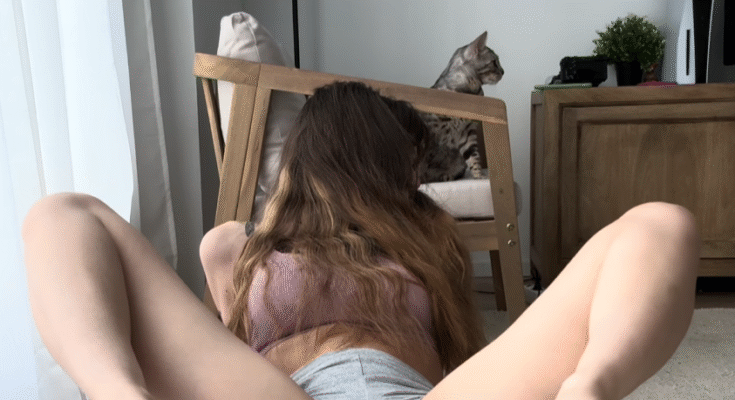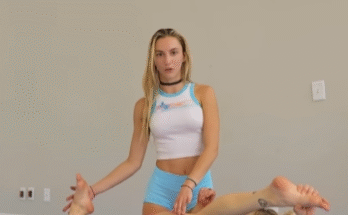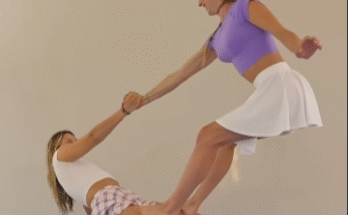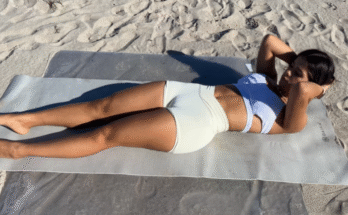Stretching is a vital part of any fitness or wellness routine, but one area that often gets overlooked is the feet and toes. Deep stretching that focuses on pointing the toes can unlock flexibility, strengthen muscles, and improve posture—especially for dancers, yogis, gymnasts, and athletes. Pointing the toes may seem simple, but when done with intention and depth, it becomes a powerful tool for body alignment and mobility.
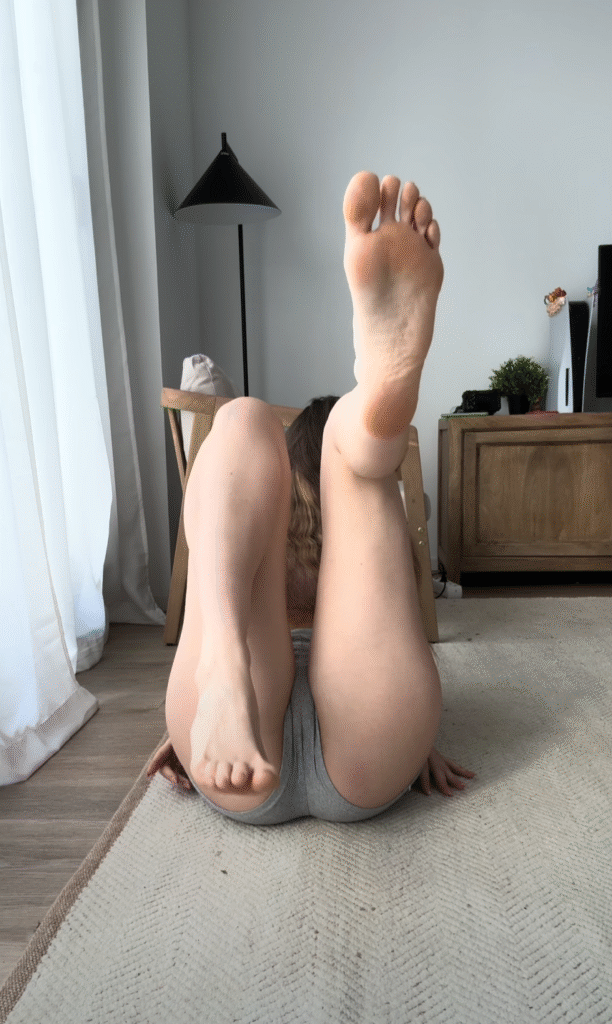
When we talk about deep stretching while pointing the toes, we refer to activating the entire chain of muscles—from the toes, through the arch of the foot, the ankle, calf, and all the way up to the hamstrings and even the lower back. This type of stretch not only improves flexibility in the feet but also enhances coordination and balance.
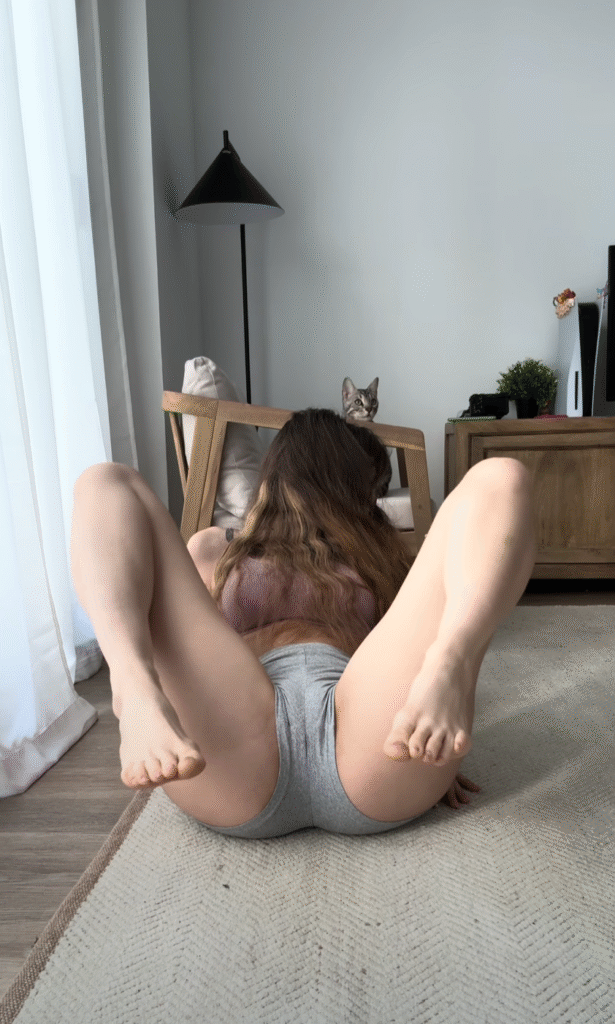
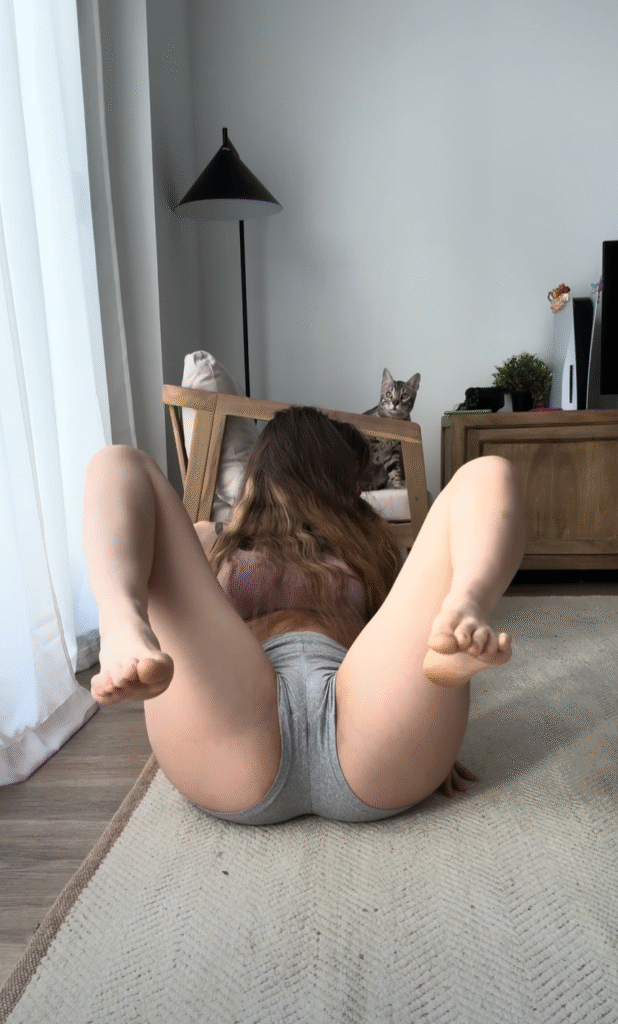
One of the most effective ways to practice deep toe-pointing stretches is in a seated position. Begin by sitting with your legs extended in front of you. Engage your core and straighten your back. Flex your feet first to create awareness, then slowly point your toes, reaching them as far away from your body as possible. Imagine energy flowing from your hips through your legs and out through the tips of your toes. Hold the pointed position for 15 to 30 seconds, then return to neutral or flexed. Repeat several times.
For a deeper stretch, use your hands or a resistance band. Loop the band around the ball of your foot and gently pull while pointing your toes. This provides resistance and helps lengthen the muscles across the top of your foot and ankle. You can also stretch each toe individually by gently pulling and massaging them, especially if you feel stiffness or tightness.
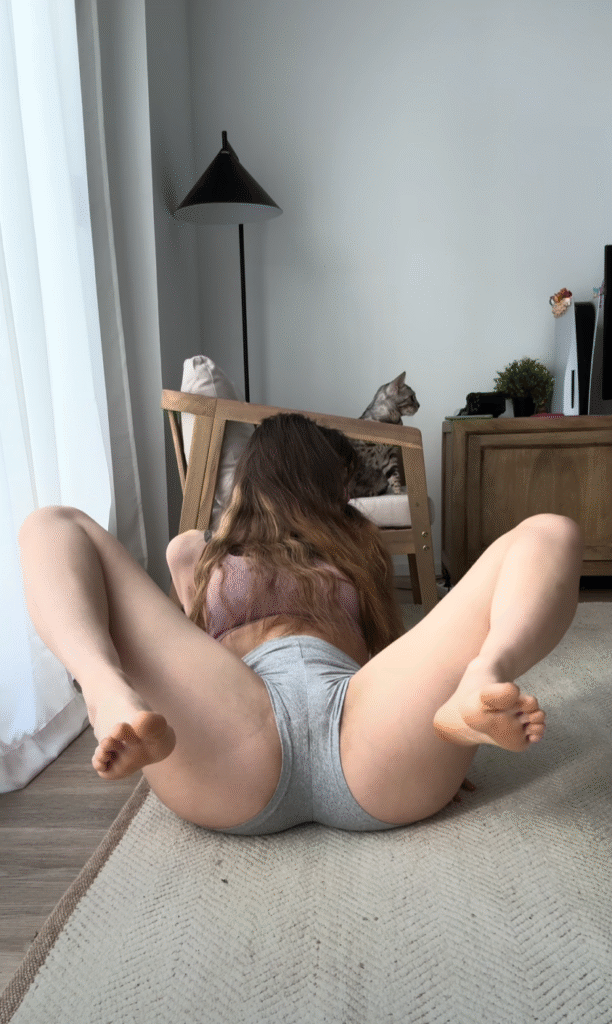

Dancers and athletes often use therabands or towel stretches to improve the depth of their toe point. Lying on your stomach and lifting your legs behind you while pointing your toes can also target your hip flexors and quads, helping develop a fuller extension.
What makes deep toe-pointing stretching particularly beneficial is that it trains the smaller, often ignored muscles in the foot and ankle. Strengthening these muscles can reduce the risk of injuries such as ankle sprains or plantar fasciitis. For performers, a clean and elegant toe point can also improve the aesthetics of movement.
Regular practice of deep toe-pointing stretches can also contribute to better circulation. Because feet are far from the heart, they often suffer from poor blood flow, especially in sedentary individuals. Pointing and flexing the toes acts as a pump to circulate blood more efficiently.
Whether you’re warming up for a workout, cooling down, or simply spending time to care for your body, incorporating deep toe-pointing stretches is a small investment with big returns. Consistency is key. Over time, you’ll notice not only increased flexibility but also stronger, more responsive feet that support every step, jump, or pose.
